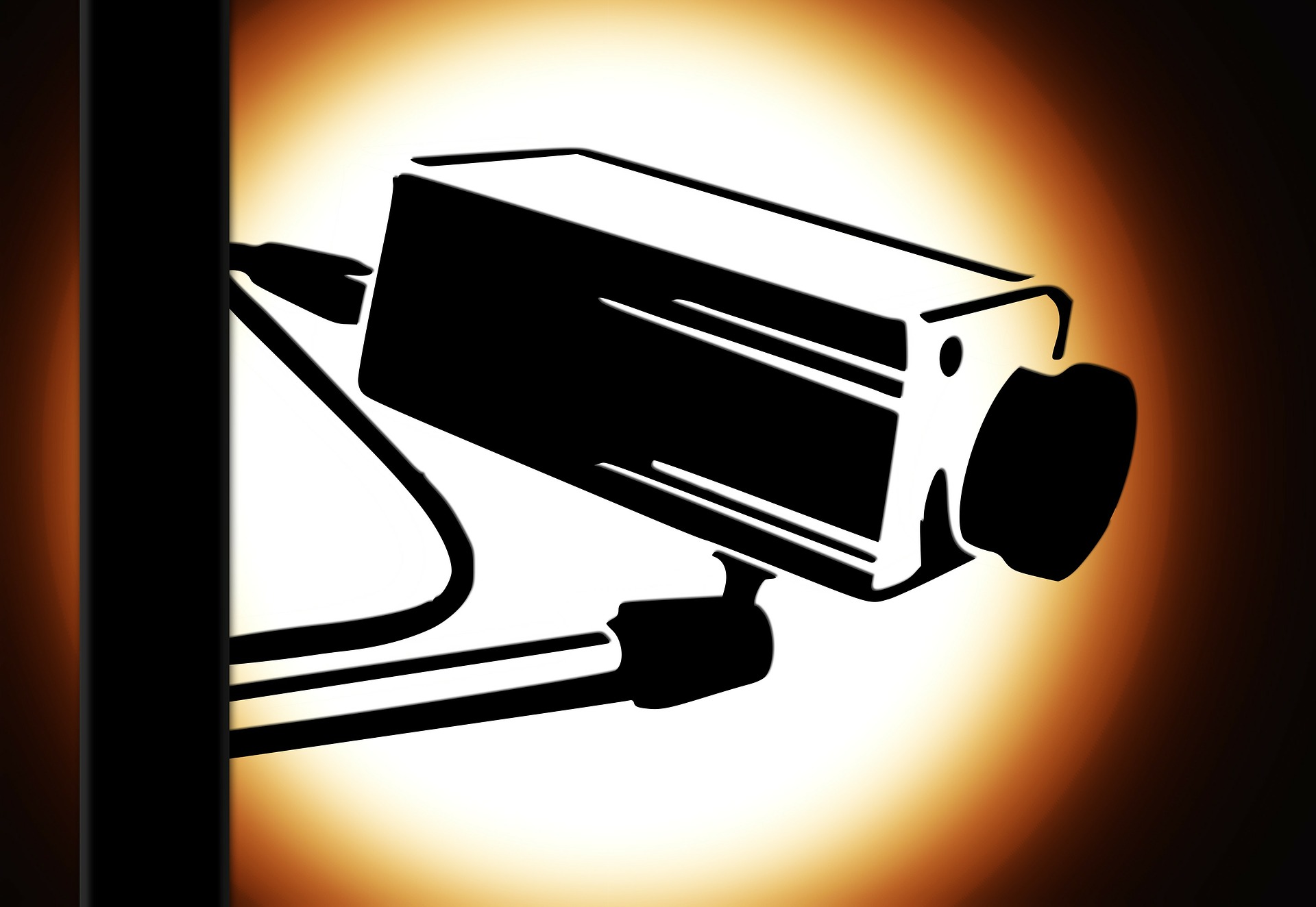The Ugly Truth About VIDEO FORENSICS

Introduction Video forensic analysis (VFA) is a critical tool in the investigative process. It allows investigators to identify and investigate criminal activity in video recordings. However, it can be difficult to find information about VFA on the web. This guide will provide you with the basics of VFA, so that you can better understand its importance and use it in your investigations.
What is Forensic Video Analysis?
Forensic video analysis is a tool used in law enforcement and criminal justice to help identify and prosecute criminals. It involves looking at video evidence to figure out if it is reliable or if it has been changed in some way.
How Does Forensic Video Analysis Work?
In order for forensic video analysis to be effective, it must be done carefully by a forensics expert that has the required qualifications. First, prosecutors need to be able to see what is happening in the videos in order to make an informed decision about charging someone. Second, analysts need to have experience with how videos are taken and analyzed in order to be able to understand what may have been captured on the footage. Finally, investigators must have a clear understanding of the law in order to make good decisions about who should be charged and when.
How to Do Forensic Video Analysis
In order for forensic video analysis to be successful, detectives usually use two main methods: scene reconstruction and voice recognition. Scene reconstruction helps officers identify specific areas of the scene where an event occurred. Voice recognition allows detectives to match individual sounds that have been detected on video with people or objects that were present at the time of the crime. By using these methods, detectives can target suspects more easily and make arrests more quickly than if they had to rely on eyewitness testimony alone.
What to Expect When Doing Forensic Video Analysis
In a forensic video analysis, you’ll see digital evidence that has been processed and analyzed using technology. This can include images, videos, or audio recordings.
The Results of Forensic Video Analysis
The results of a forensic video analysis can be bewildering, depending on the type of evidence used and how it was interpreted. Here are some examples:
-Images: Images can be used to prove or disprove a claim or narrative in a document or video.
-Videos: Videos can be used to track someone’s movements and behaviors over time, as well as to provide context for an event.
-Audio: You can decode and understand spoken words or text in documents or videos by listening to them.
How to Use Forensic Video Analysis to Help Your Cases.
There are a number of ways to improve your forensic video analysis. Some common techniques include:
-Using pre-recorded video footage to help you understand the scene and the suspects
-Use of digital zoom and focus capabilities to improve clarity and detail in videos.
-Repairing or editing broken video content so that it can be used as evidence.
-Use of data mining algorithms to identify patterns in video evidence.
-Creating guides to help you with understanding the scene and apprehending suspects more accurately.
Conclusion
Forensic video analysis can help you in a variety of criminal cases. By seeing the evidence in a video and understanding the complex legal system that is involved, you can make better decisions and get the case against your opponent closer to a victory.